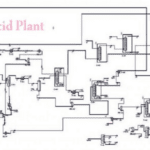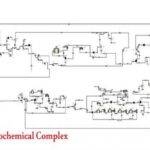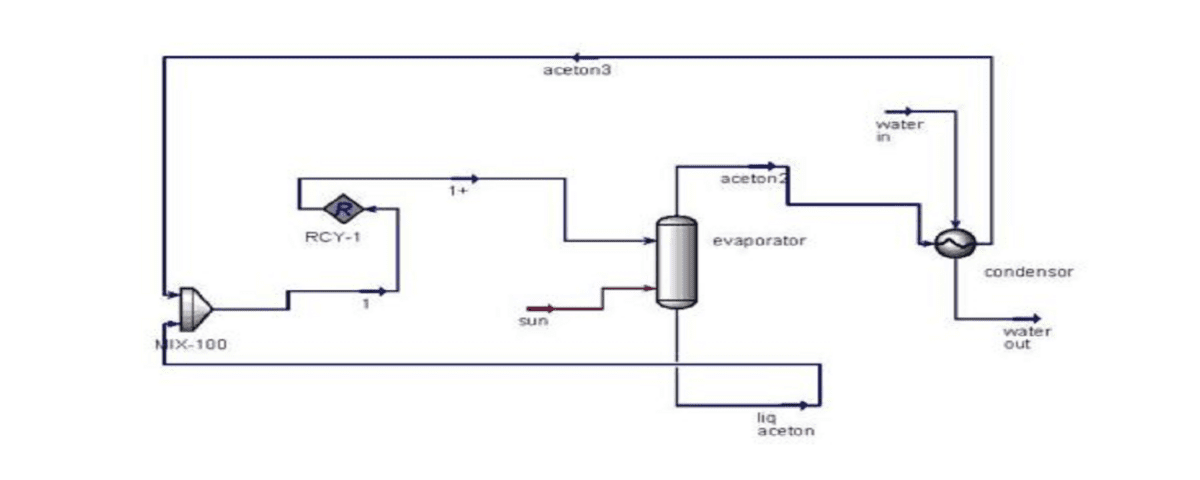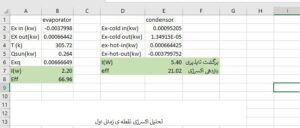Introduction
One of the latest advancements in this field is photovoltaic (PV) cells, which have the capability to convert solar energy into electrical power. To enhance the efficiency of these systems, heat pipes are used as a cooling solution in thermal simulations and functional analyses.
Aspen HYSYS simulations facilitate the heat transfer process and optimize the performance of photovoltaic cells. These simulations allow a deeper understanding of internal heat flows and heat exchange, enabling designers to improve system performance by adjusting operational conditions and design parameters. Using heat pipes as heat transfer mediums can help regulate temperature and increase cell efficiency.
Exergy analysis is also an effective tool for evaluating the efficiency and productivity of energy systems. By examining exergy changes in photovoltaic cells, we can identify strengths and weaknesses in system design and performance, leading to technical optimizations.
Description
Thermal photovoltaic systems circulate fluids like water or air around PV cells to recover wasted thermal energy. This system combines photovoltaic and solar thermal technologies, generating both heat and solar electricity simultaneously. It enables efficient use of installation space and increases photovoltaic module efficiency. The working fluid in these systems can include water, air, or a water/air combination. Given the need for domestic hot water in residential and commercial buildings, systems with water as a cooling fluid are widely utilized.
Exergy analysis is a more insightful tool for assessing equipment performance than energy analysis alone, as energy analysis typically only considers the amount of input energy and useful energy, overlooking the work potential in physical and chemical processes. Exergy analysis, on the other hand, focuses on the ability to perform work, categorizing energy as either convertible to work (exergy) or non-convertible (irreversibility).
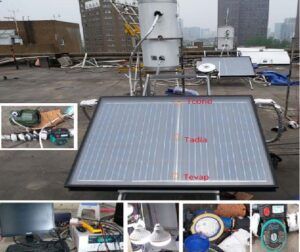
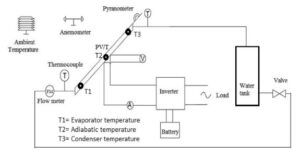
Energy and Exergy Analysis of an Experimental Test
A part of the project involves matching and validating simulation results with experimental data. Five different laboratory cases were simulated, and the results were cross-referenced with data to ensure accurate validation.
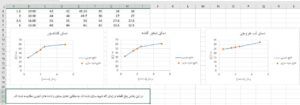
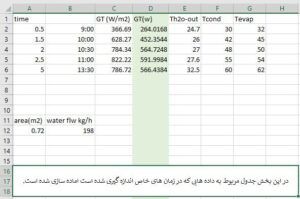
The project report spans 20 pages in Word format and provides a detailed examination of each case study. This project is based on the work of Modjino et al. (2017) and was simulated using Aspen HYSYS software. Photovoltaic cells, combined with micro heat pipes, were accurately modeled in HYSYS as a shell-and-tube heat exchanger. Finally, exergy analysis was conducted using Excel to provide a comprehensive evaluation of the system.
Available Files
- Project Report: Simulation and Exergy Analysis Report
- Simulation Files: HYSYS simulation files
